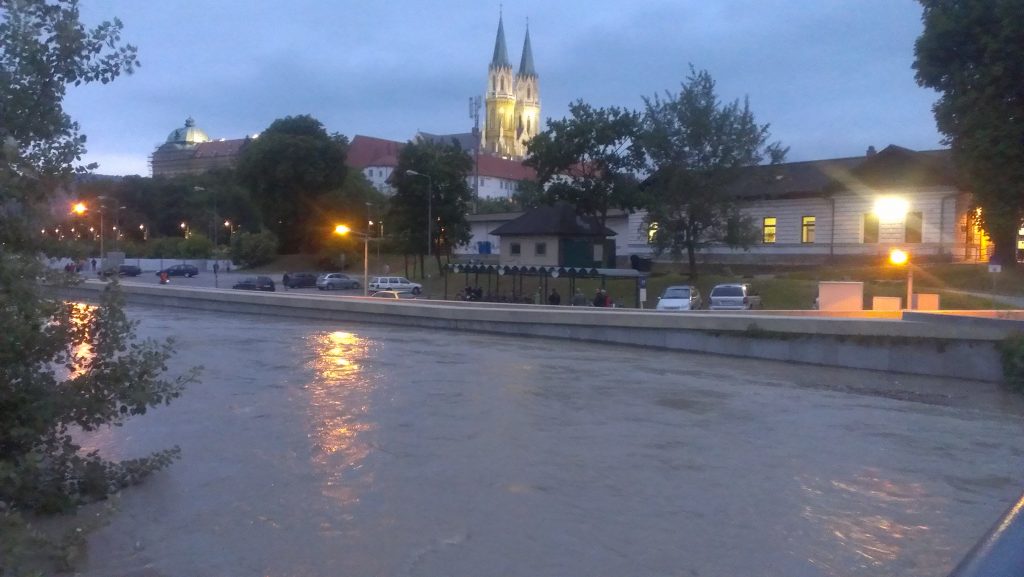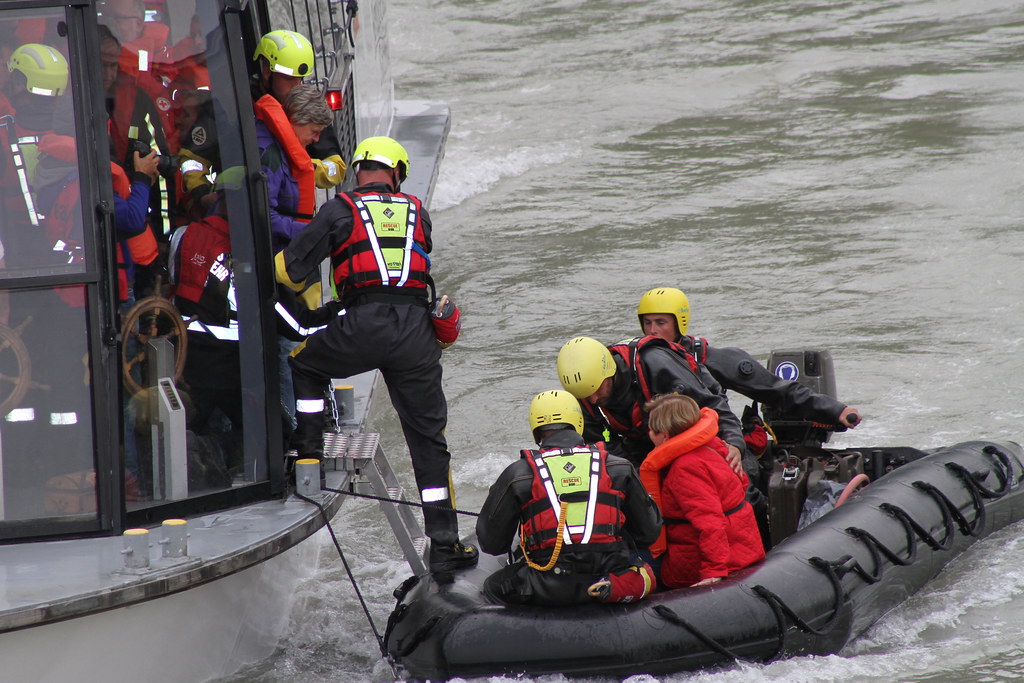Storm Boris is the latest in a series of deluges that have made this one of the most flood-ravaged periods in Europe in the past 500 years. However, Vienna managed to escape the worst of it, thanks to its advanced flood management system, offering important lessons for other cities facing extreme weather in the future.
When Storm Boris hit Vienna on 15 September, the rainfall was unprecedented: between two and five times the average amount of rain for September fell on the city in just five days. Roads were flooded, houses evacuated, and streams transformed into torrents. Yet, despite the intensity of the storm, Vienna emerged relatively unscathed, with only ten minor injuries and fifteen homes evacuated. “We got away quite lightly,” said a local journalist, crediting the city’s flood management system for holding up under the pressure.
Vienna’s flood defenses are the result of decades of investment, a response to two major floods in 2002 and 2013. Günter Blöschl, a hydrologist from the Vienna University of Technology, explained that the city’s system is designed to handle massive flood volumes, with the capacity to manage a flood discharge of 14,000 cubic meters per second, equivalent to a 5,000-year flood. During Storm Boris, the peak discharge was about 10,000 cubic meters per second—significantly below the system’s capacity, preventing widespread flooding.
Vienna’s Ingenious Flood Defense System
One of the key components of Vienna’s flood protection is the artificial Danube Island and the New Danube flood control channel, built in the 1970s after a devastating flood in 1954. The New Danube remains closed off by weirs most of the time, but during flood events, these weirs are opened, allowing the channel to absorb excess water and relieve pressure on the Danube River. This system proved its worth again in 2013 when a massive flood hit Austria, but Vienna avoided major damage due to its robust defenses.
While the system has generally been effective, smaller rivers like the Wienfluss still overflowed during Storm Boris, causing disruptions to public transport. But as Blöschl noted, “the damage we’ve avoided is far higher than the investment in flood protection. It’s a success story.”

Austria’s Broader Flood Strategy
Austria as a whole has ramped up flood protection efforts over the years, investing €60 million annually in measures such as mobile flood walls and enhanced forecasting systems. This proactive approach has paid off: although the 2013 flood was significant, the damage was much lower than during the 2002 flood, thanks to improved defenses. Data from Austria’s weather service confirms the accuracy of recent rainfall forecasts, showing that preparations ahead of Storm Boris were justified.
The country also conducts regular flood drills, ensuring that emergency responders are well-prepared to handle flood conditions. “Flood drills are really important,” said Blöschl. “Unless you prepare with practical exercises, it’s not going to work during emergencies.”
Climate Change and the Future of Floods
The need for preparedness is growing, as climate change increases the likelihood of intense storms like Storm Boris. Warmer air holds more moisture, fueling stronger storms, and warmer sea temperatures, such as those in the Mediterranean this summer, have intensified these events. Studies show that the Mediterranean heatwave in 2022 contributed significantly to an unusually powerful storm.
In addition to stronger storms, the loss of natural floodplains—areas where floodwater can safely expand without causing damage—compounds the flood risk. In the past, these areas absorbed much of the excess water, but today, many floodplains have been developed into towns and farms, increasing the risk of flood damage.

The Levee Effect: A Double-Edged Sword
While levees and flood barriers protect cities like Vienna, they can also encourage development in flood-prone areas, a phenomenon known as the “levee effect.” As people feel safer, they are more likely to settle near rivers, increasing the potential damage when floods do occur. Blöschl explains, “When a city is protected by levees, people get a feeling of safety, but as more people move into floodplains, the expected damage grows.”
Looking Ahead
The lessons from Vienna and Austria’s flood preparedness are becoming increasingly relevant as climate change makes severe storms more common. More than 200 people died during Europe’s 2021 floods, prompting questions about how to improve disaster preparedness. A report from Germany after the 2021 floods recommended clearer warnings and more detailed instructions for citizens, as many were caught off guard.
While Vienna avoided the worst of Storm Boris, other parts of central Europe were not so lucky. The storm caused a “catastrophe of epic proportions” in Romania, and in Poland, over 40,000 people were evacuated from the town of Nysa. Austria’s farming sector also suffered millions of euros in damage.
As floods become more frequent and severe, sharing best practices across borders will be essential. Research has shown that many of the devastating megafloods that have occurred in Europe could have been anticipated based on past events in other regions. Blöschl’s research suggests that the past 30 years have been among the most flood-prone in Europe’s history, and with climate models projecting even more extreme rainfall in northern Europe, the trend is likely to continue.


